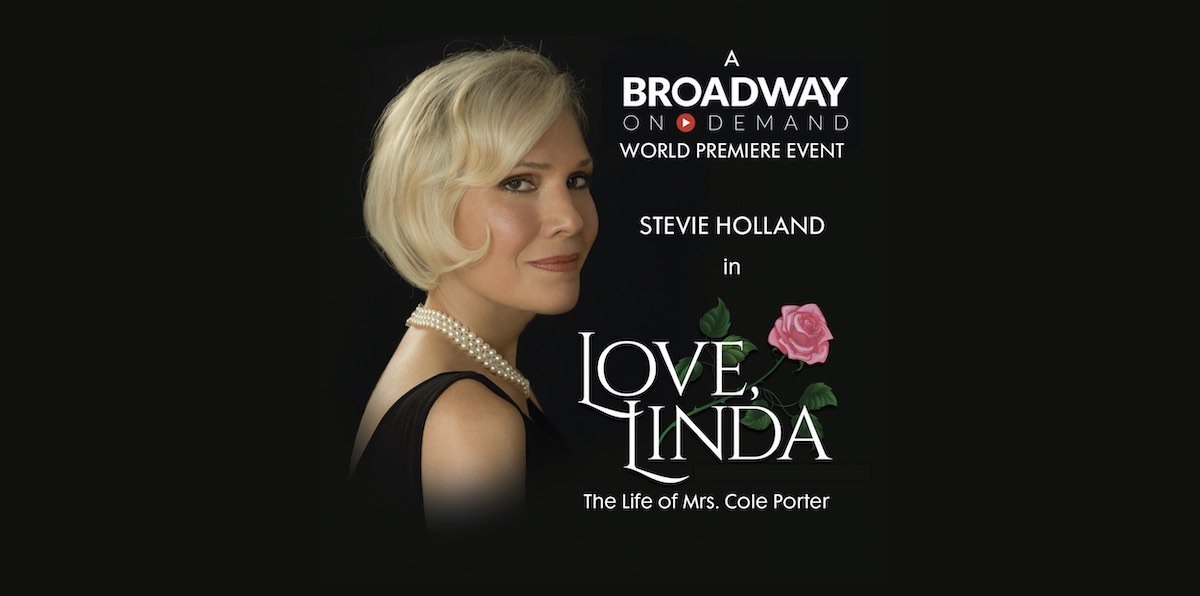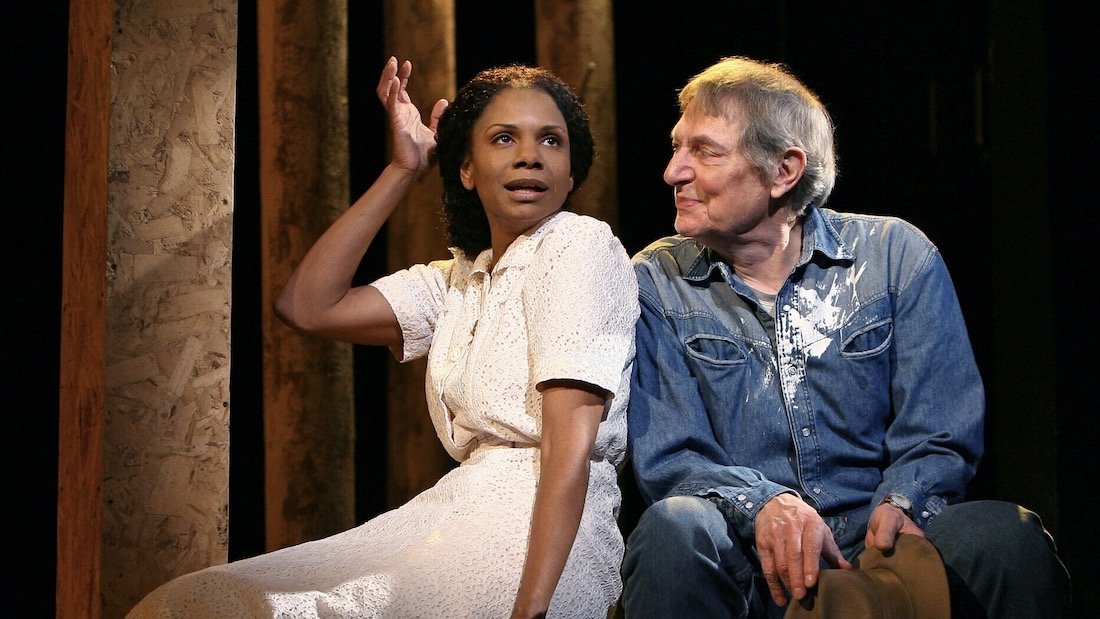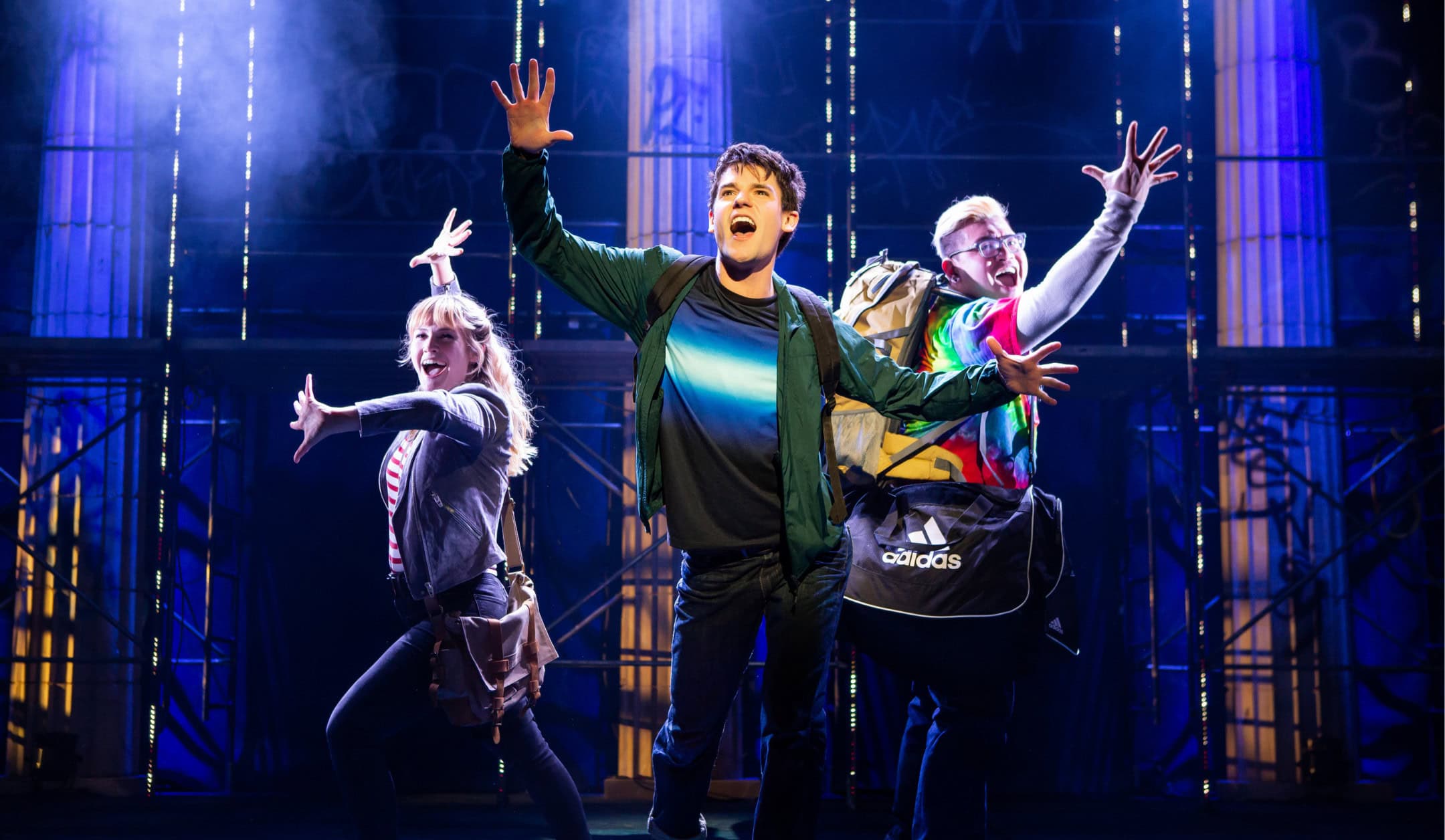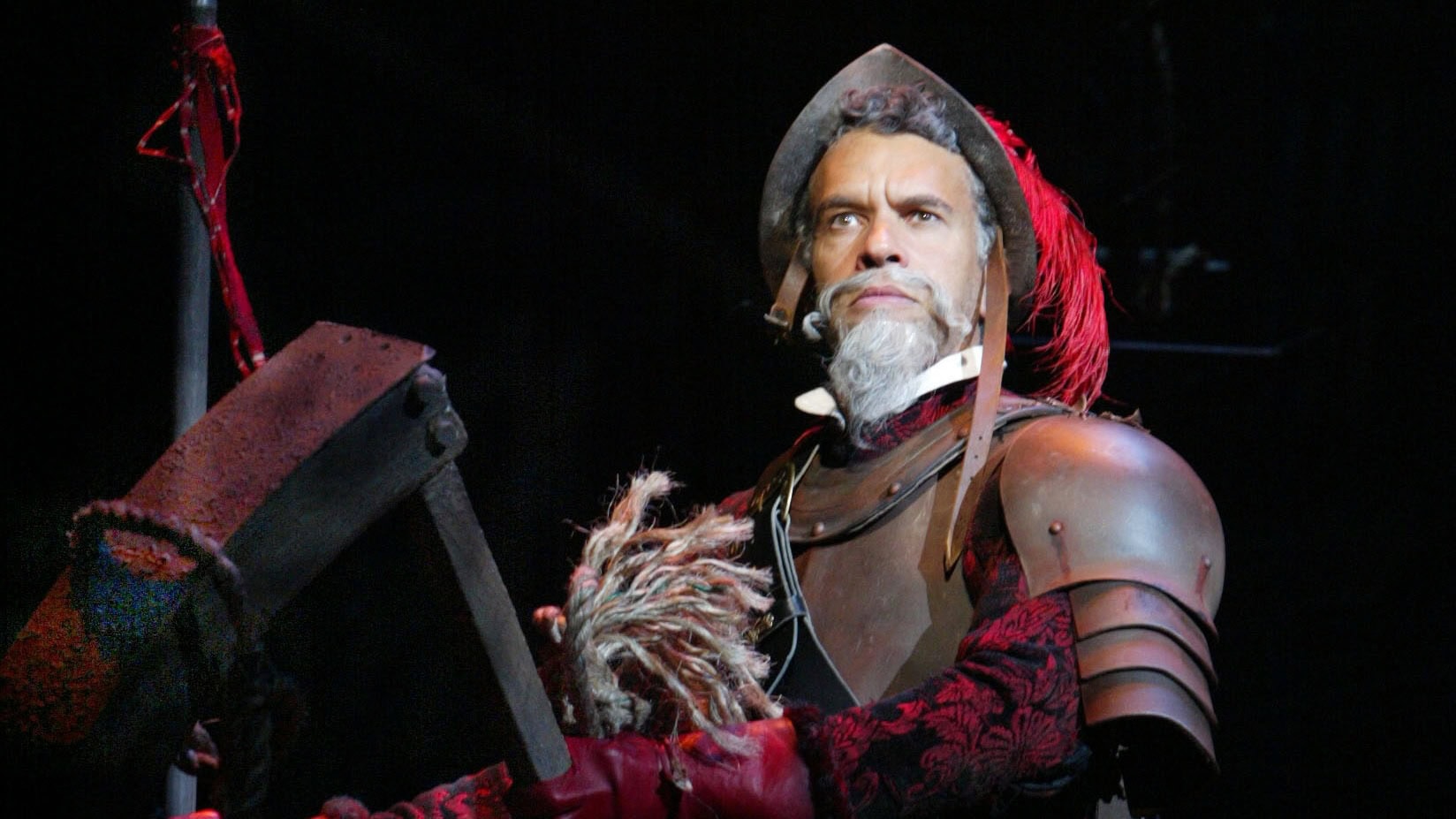
Love, Linda: The Life of Mrs. Cole Porter (US/UK) is coming to Broadway on Demand! The one-woman musical, recorded live, will premiere on the streaming platform on June 9, 2021. (For details, click here!) To celebrate the launch of this romantic jazz tuner, we spoke to writer/star Stevie Holland, writer/composer/arranger Gary William Friedman and director Richard Maltby, Jr.
…
Tell us about Love, Linda. How would you describe the show?
Stevie Holland: Love, Linda is a one-woman musical about Linda Lee Thomas, the Southern beauty was the wife of the legendary songwriter Cole Porter. At its heart, the show is the genuine love story of a woman married to a gay man – told largely through the songs Cole Porter wrote. As such it is also a theatrical love letter to Cole Porter.
Production History
How did Love, Linda come to be?
SH: Though I had been writing lyrics and theatrical projects, after many years recording and performing as a jazz vocalist, I was eager to return to my theater roots as a performer. So, Gary and I started brainstorming about creating a one-woman musical. At that time, we knew nothing about Linda Porter.
Which came first, the Cole Porter songs or the story of Linda Lee Thomas, and who first encountered/discovered her story?
Gary William Friedman: An old acquaintance of mine mentioned that he’d created a revue based on a woman in psychotherapy who sings Cole Porter songs. That got Stevie to research Cole Porter’s life, and the interest in Linda arose from that. We realized there was a potentially great story in the telling of Cole and Linda’s marriage.
How did you work together as a team?
SH: Gary and I had a well-established working relationship. I initially sketched out Linda’s life and worked on creating her voice. It was important to define her motives and intentions with this show – the overriding one being her desire to set the record straight about her relationship with Cole. With each draft, Gary helped me to shape and edit the book.
Content
Who was Linda Lee Thomas? What do you find most compelling about her story?
SH: She was pawned off by her family to an extremely brutal first marriage. After several years of abuse, both mental and physical, she landed a lucrative divorce settlement. She regained her footing and fell in love with Cole Porter, a much younger gay man. She found her purpose by nurturing his great talent into the world. There is no doubt that Linda was instrumental in the world’s discovery of Cole Porter’s talent.
The show presents the relationship between Linda and Cole in all its complexity. How would you describe their marriage? What kept them together?
SH: That’s what the show’s about!
Music
Tell us a little about the songs in the show.
GWF: Stevie chose the songs for their ability to further the show’s narrative without any concern for which Cole Porter songs “should” be included as crowd pleasers.
Our goal was to take these songs completely out of their original context and work them into Love, Linda, as if they were written expressly for Love, Linda. Once the song’s dramatic purpose became clear, I set about creating the arrangement.
Musically, you’ve taken a fresh look at several standards we thought we knew so well! How did you arrive at the right sound/arrangement for each song?
GWF: Insofar as I only had three instruments (piano/bass/drums), I set out utilizing each instrument to its fullest expressive capacity. I wanted each arrangement to serve as a musical cushion having its own fresh and unique sound and to be clearly identifiable with the show.
As many of these songs have been repurposed to serve the story of Linda Lee Thomas, can you cite one or two songs or moments that work in a new way?
GWF: “So In Love,” a love song written to serve the plot of Kiss Me, Kate, is used at the opening of the show to define the complexity of Linda’s unconventional but real love for Porter. Using a different musical treatment through a specific rhythmic underpinning allowed us to keep the energy flowing as Linda materializes and comes back to life.
“My Heart Belongs to Daddy,” a comedy song about a gold-digger, is repurposed to express Linda’s emotions as she feels her marriage falling apart in Hollywood. To underscore this moment, we opened it up as an arresting ballad, punctuating the melody with stringent chordal accompaniment.
You’ve also written original music for the show.
GWF: As with my own musicals, my goal is to keep things consistently moving and responsive to the book. I created music to underscore the book as needed throughout, and to try to seamlessly connect all the music in the show.
Development
Where and when did you first present Love, Linda to an audience?
SH: Cole Porter’s Birthday, June 9th, 2009 at the National Arts Club in NYC.
Has the show changed/developed since that first production?
SH: After the National Arts Club performance, we presented the show at the Triad Theater in 2009 for a limited run. We learned from our audiences that for how much they loved Cole Porter songs they couldn’t get enough of the book – they were truly interested in this portrait of a woman they didn’t know, in a story so timely. We continued to develop the book and added more songs, and then – Richard Maltby!
We had the great fortune to bring Richard on board as director for the off-Broadway premiere at the York Theatre in 2013-14. Richard had so many brilliant insights. He pushed me to continue to strengthen the book. The three of us worked together intimately and rehearsed the book to a point that we felt that it stood alone as a play in its own right – thus making the music the icing on the cake.
So you’re presenting Love, Linda as a world premiere event with Broadway On Demand! Richard, can you tell us what kinds of changes/adjustments were needed for the medium of video/streaming? Will we be seeing the same show you presented at the York?
Richard Maltby, Jr.: We had musicians on stage when the show was in a theatre, but on film we could not have them there for Covid-safety reasons. This turned out to be of no concern. The show’s conceit is that Linda is alone in her living room, having returned for the sole purpose of setting the record straight for all people who can’t understand that hers was a real love story. As such, she is telling the story right to us – as we shoot it in an empty art deco apartment. In a live performance the musicians on stage add energy to the presentation. But to our delight their absence increased the intimacy and intensity of the story, for film purposes. Additionally, the absence of audience reactions like applause and laughs intensified the story-telling for the film.
Audience Reaction
Which aspect(s) of the show have really resonated with audiences?
RM: I think the story is especially timely today, and you can feel audiences responding to it. The world has become much more understanding and accepting of homosexuality since the triumph over gay marriage, but that has also opened our eyes to all of the other varieties of love which exist in human hearts. It is only our limited imaginations that require that all relationships exist in a neat form for which there is a common name. The audience may well not have realized that the Linda/Cole love story was just as much a love story as any other, even though there is no term to describe it. As Linda puts it: “Just because a love between two people may be difficult to define, that doesn’t mean it didn’t exist.” I also think the show opens the audiences’ eyes to Cole Porter in a way they never expected.
What are the selling points for other people considering a production of Love, Linda?
RM: What I just said. Come see Love, Linda and open your eyes to a new kind of love story, told in glorious songs, sung by a dazzling performer.
SH: Thank you, Richard. I hope that my performance in this film will inspire many “Lindas” throughout the world to take the stage with this wonderful story!
…
To stream Love, Linda, visit Broadway on Demand.
For more information about licensing Love, Linda, visit Concord Theatricals in the US or UK.

Plays that Inspired Musicals

QUIZ: Which Character from The Lightning Thief Are You?

